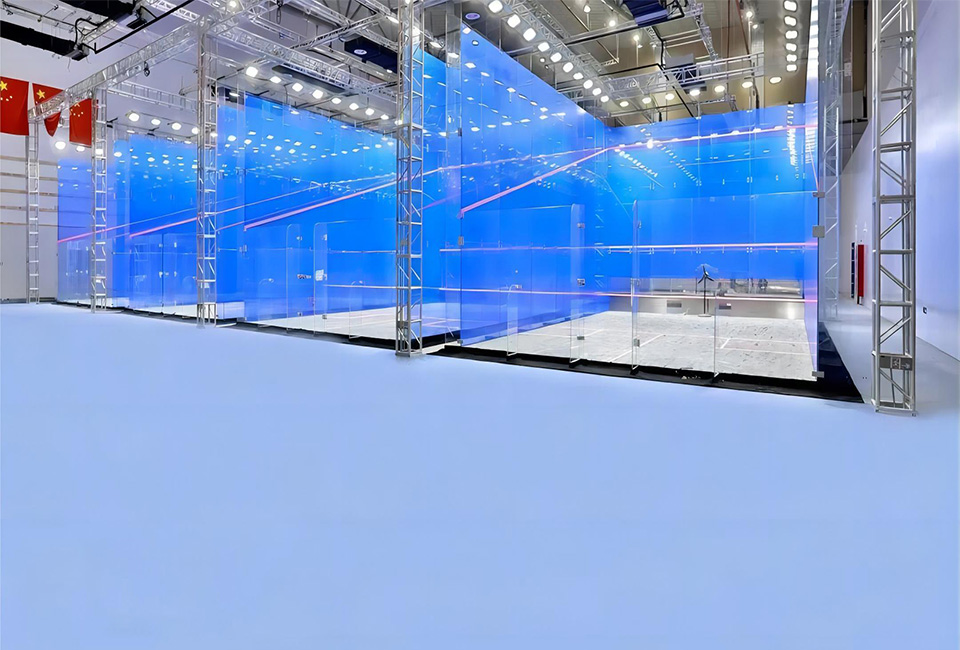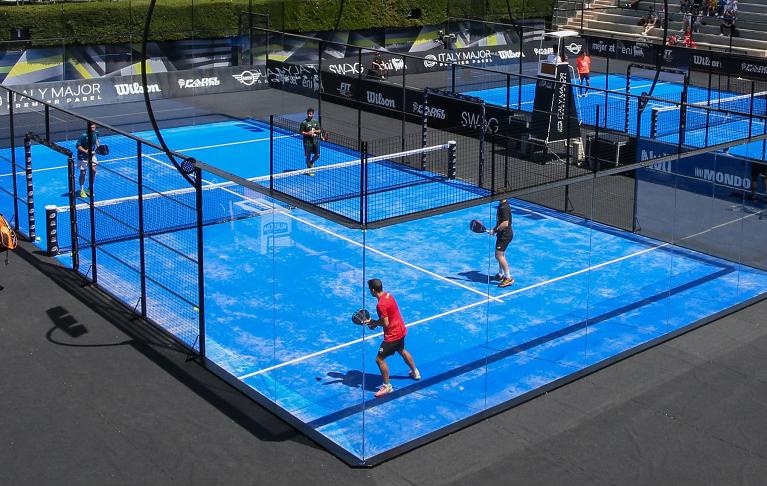Exploring the Economics of Padel Balancing Passion and Investment

Padel has seen a meteoric rise in popularity over recent years, captivating sports enthusiasts with its unique blend of tennis and squash dynamics. Yet, for those keen on either taking up the sport recreationally or investing in it commercially, understanding the cost implications is essential. There is more to padel than meets the eye, particularly in terms of financial investments and returns, making an in-depth exploration worthwhile.
The cost of engaging in padel can be dissected from both a participant's and an entrepreneur's perspective. For players, the journey usually begins modestly, with essential gear such as rackets, balls, and appropriate sportswear being the primary expenditures. A decent-quality racket can range from $50 to $400, depending on its brand and technology. Specialized padel shoes, designed to support the quick lateral movements on court, are another consideration, priced between $70 and $150. And then, there are the ongoing costs of membership or court rental, typically swinging between $10 to $40 per hour depending on location and peak times.

However, the question extends beyond basic gear. Regular players might find themselves investing in coaching sessions to refine their skills, leading to additional costs ranging anywhere from $30 to $100 per session. Furthermore, participating in tournaments and finding opportunities for competitive play might necessitate expenditures on travel and lodging.
On the other hand, for those leaning towards organizational or investment roles, the financial consideration shifts significantly. Constructing a padel court is a substantial investment, ranging from $20,000 to $50,000 per court when factoring in the high-quality artificial grass, walls, lighting, and enclosure. The cost doesn't stop at construction; maintenance, such as re-sanding and replacing worn parts, contributes to ongoing expenses.
padel cost
Despite these costs, the rising demand for padel presents profitable opportunities. Club membership fees and court rentals form the backbone of revenue, with clubs often charging monthly memberships around $50 to $100, or offering hourly block rates for court usage. Additional revenue streams can include organizing corporate events, leagues, and partnering with professional coaches to offer premium training sessions, thus enhancing the clubs’ appeal.
In essence, the cost of engaging with padel—from becoming a regular player to establishing a business centered around it—reflects a balance between capital investment and the monetization of passion. As the sport grows globally, so too does the variety of opportunities, making early investment a strategically wise decision.
However, beyond immediate economic returns, one must consider the intangible benefits that padel offers. It fosters community spirit, provides essential health benefits through regular exercise, and serves as an excellent platform for networking and forming friendships. As such, those engaging with the sport not only see monetary returns but also reap rich personal satisfaction—a value that arguably outweighs financial expenditure.
Ultimately, the decision to immerse oneself in padel involves evaluating one's objectives—be it recreational enjoyment or business opportunities—but the sport guarantees an enriching venture. Understanding and forecasting padel-related expenses are paramount, yet the right investment can unlock profound rewards that go far beyond fiscal accounts. With the sport continuing to thrive, the economic landscape of padel offers thrilling potential for those daring enough to embrace it.



